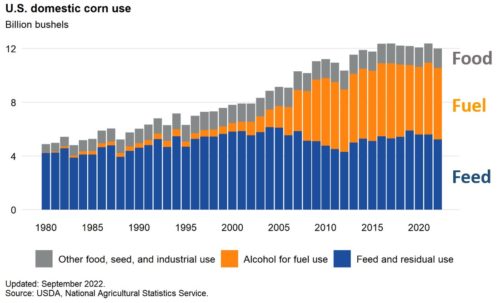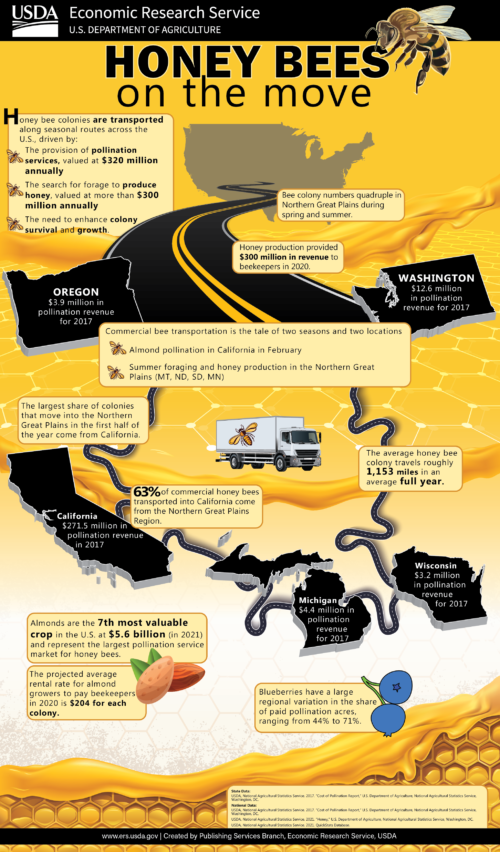Weekend reading: pet food (oh why not)
I haven’t said anything about pet food in a while, in part because I’m waiting to see what the FDA is planning to do about it, if anything. The FDA currently regulates pet food the same way it regulates feed for farm animals. Pet food labels look like feed labels. They do not have Nutrition Facts or Pet Food Facts labels, making their contents difficult to understand. There is a push to improve that situation and I .wish it were stronger.
The Food and Drug Administration (FDA) regulates pet food similar to that for other animal foods. The Federal Food, Drug, and Cosmetic Act (FD&C Act) requires that all animal foods, like human foods, be safe to eat, produced under sanitary conditions, contain no harmful substances, and be truthfully labeled. In addition, canned pet foods must be processed in conformance with the low acid canned food regulations to ensure the pet food is free of viable microorganisms.
I don’t see much sign that is changing. Members of Congress introduced the PURR [Pet Food Uniform Regulatory Reform] Act to give the FDA authority over the labeling and ingredient review process for dog and cat foods, currently up to the states.
As explained by Pet Food Industry,
The Pet Food Institute (PFI) noted in a press statement that the proposed bill language solely impacts pet food label reviews and codifies ingredients and marketing claims in the Association of American Feed Control Officials (AAFCO) Official Publication.
AAFCO sets ingredient definitions, label standards and laboratory standards and everybody uses them.
I wish it would propose Pet Food Facts labeling.
The pet food marketing—news
- U.S. pet owners spend over $2B on Valentine’s gifts for pets: February 14 iwas another chance for American pet parents to express their love to their companion animals…Today’s most popular gifts include heart-covered knitwear, scarves, tiaras, plush toys, cozy ‘human dog beds,’ and, of course, healthy treats.
Pet food ingredients—news
- PR Newswire Ÿnsect granted approval to use mealworm proteins in dog food It is the first time that mealworm-based ingredients for pet foods have been approved in the USA. Read More
- Cat owners more accepting of unseen insect-based ingredients: In a survey, the majority of survey respondents were willing to feed cat foods and treats containing insects to their pets, but the form of the insect-based ingredients mattered.Read more
- ‘World’s first’ cultivated pet food seeks regulatory approval: Meatly has created the ‘world’s first’ cans of pet food that uses cultivated chicken as a protein source, ready for rollout to stores across the UK pending regulatory approval…. Read more
My book with Malden Nesheim, Feed Your Pet Right, has a lot to say about these issues. It’s still useful for understanding what they are about. It’s really not a manual for feeding pets (although we did include recipes). It’s an analysis of the pet food industry, something I still think worth knowing about.




